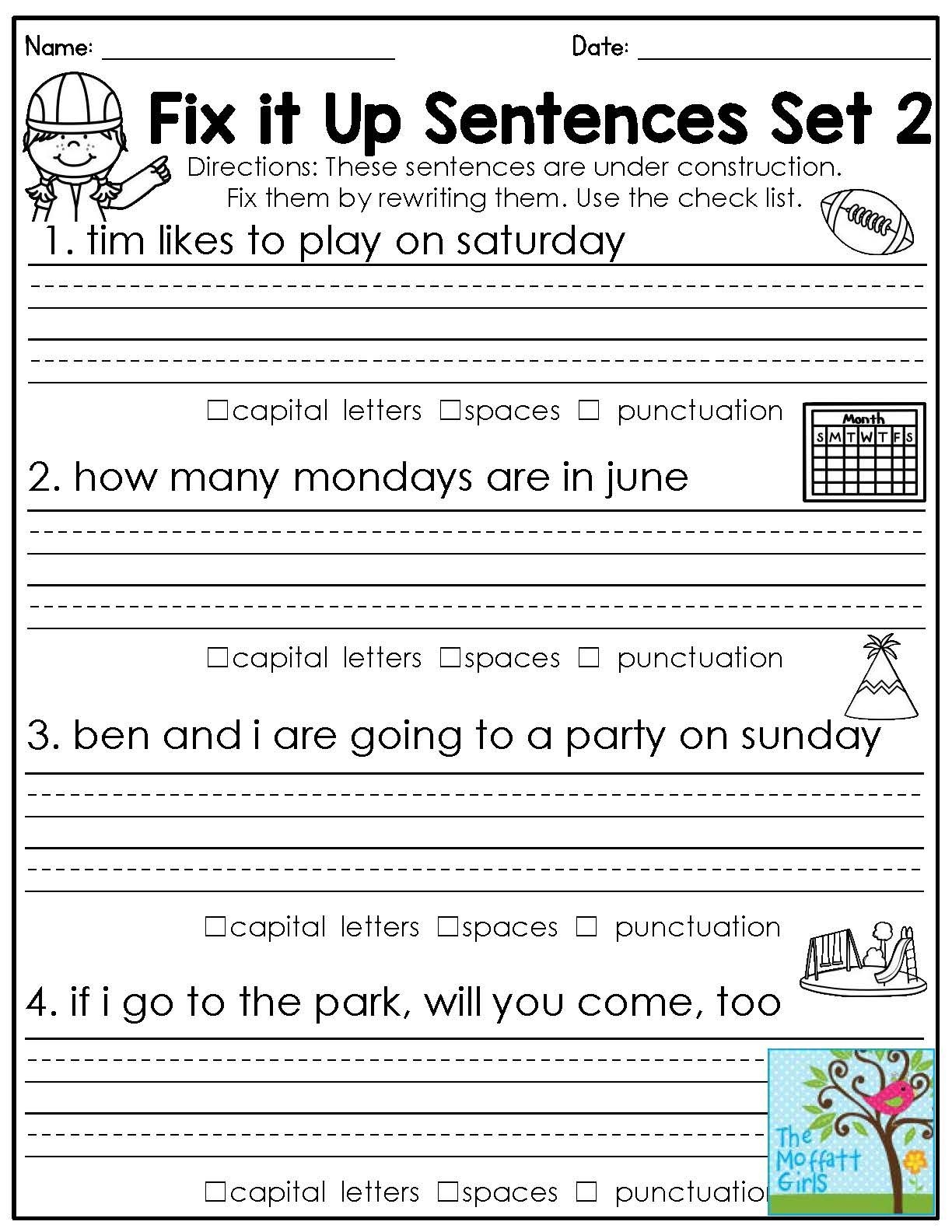When it comes to writing numbers, it is important to follow the rules of grammar to ensure clarity and consistency in your writing. Whether you are writing a formal document, an academic paper, or simply a casual email, using the correct grammar for numbers is essential.
Incorrectly writing numbers can lead to confusion and make your writing appear unprofessional. By following the guidelines for writing numbers, you can ensure that your writing is clear, concise, and easy to understand.
Rules for Writing Numbers
1. Spell out numbers one to nine and use numerals for numbers 10 and above. For example, “three apples” and “15 oranges.”
2. Use commas to separate thousands, millions, and billions. For example, 1,000 (one thousand), 1,000,000 (one million), and 1,000,000,000 (one billion).
3. When writing percentages, always use numerals followed by the percent sign (%). For example, “50%” and “75%.”
4. Hyphenate compound numbers between twenty-one and ninety-nine. For example, “thirty-five” and “sixty-eight.”
5. When expressing decades, use an apostrophe before the numbers. For example, the ’90s (the 1990s) and the ’80s (the 1980s).
Following these rules for writing numbers will help you maintain consistency and clarity in your writing, making it easier for your readers to understand the information you are presenting.
Remember to always proofread your writing to ensure that you have followed the correct grammar rules for numbers. By paying attention to these details, you can improve the overall quality of your writing and communicate your ideas effectively.
In conclusion, using the correct grammar for writing numbers is essential for clear and professional writing. By following the rules outlined above, you can ensure that your writing is consistent, accurate, and easy to understand. Paying attention to these details will help you convey your message effectively and make a positive impression on your readers.
